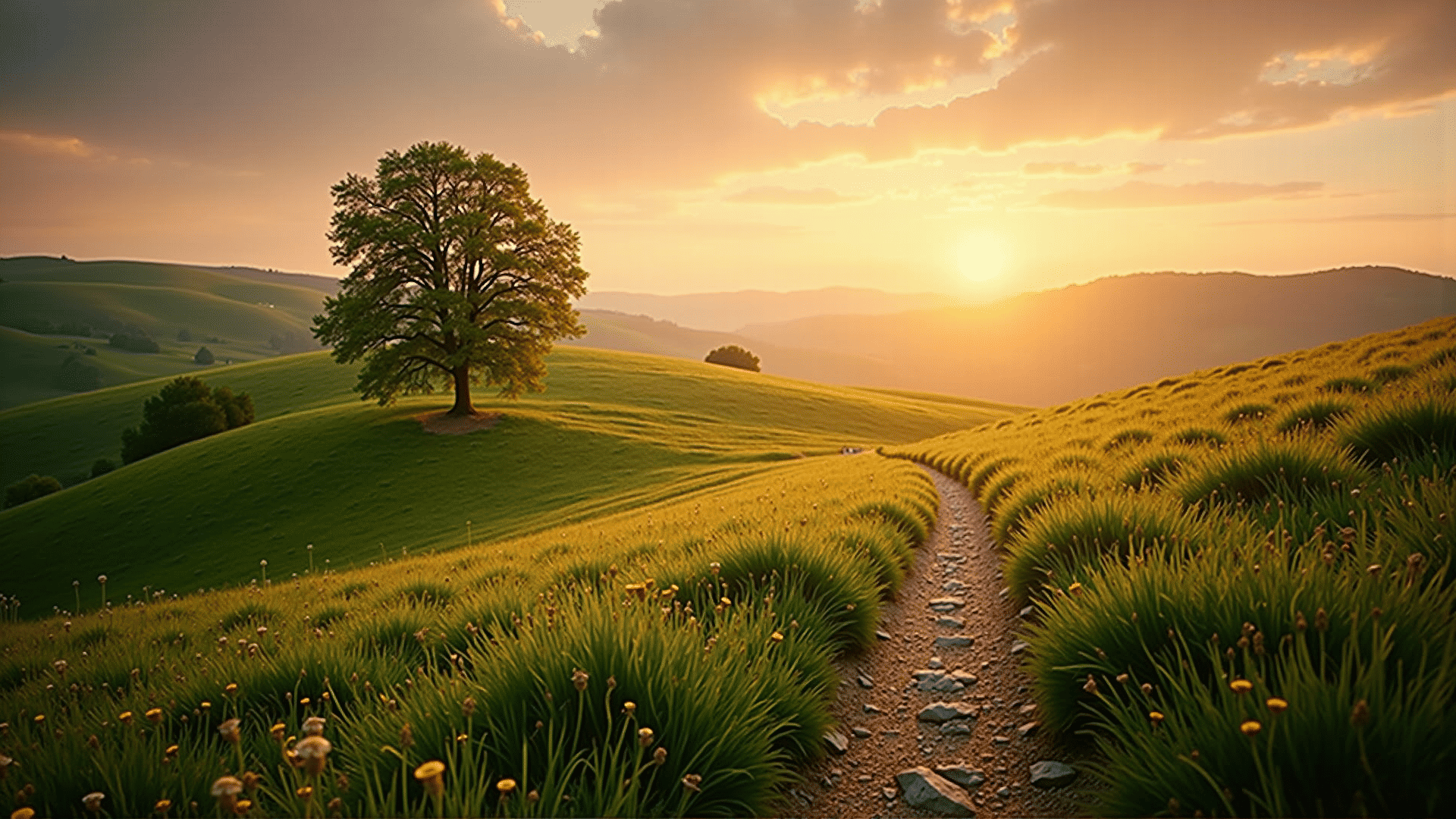Understanding the principles of photo composition is key to capturing visually stunning images that communicate effectively and engage the viewer. Each element within a photograph plays a critical role in creating balance and harmony, making composition a foundational aspect of the art of photography.
Rule of Thirds
One of the most well-known techniques is the Rule of Thirds, which involves dividing an image into nine equal segments using two horizontal and two vertical lines. The idea is to place the subject or areas of interest near the lines or intersections. This approach helps create more dynamic and interesting compositions, moving the focus away from the center and allowing for more visual interest.
Leading Lines
Leading lines guide the viewer’s eye through the photograph and can instill a sense of depth, direction, and movement. These can be natural lines like rivers and pathways, or man-made lines like roads and bridges. By incorporating leading lines, photographers can direct attention to key areas of the photograph, enhancing the storytelling aspect of the image.
Framing
Framing involves using elements within the scene to create a ‘frame’ around the subject. This could be achieved using archways, windows, or trees. Framing adds depth to an image and helps to isolate the subject, drawing the viewer’s eye into the center of interest. It also provides context, contributing layers of meaning and enhancing the overall narrative.
Symmetry and Patterns
Symmetry and patterns introduce a sense of harmony and balance in a photograph. Human beings are naturally drawn to symmetry and repetitive elements, which can evoke a calming effect. By incorporating these elements, photographers can leverage this natural inclination, often with stunning results. Finding symmetry in architecture, nature, or even human-made objects can add an element of perfection to the composition.
Depth and Perspective
Creating depth within a photograph can transform a flat image into a three-dimensional experience. Techniques such as overlapping subjects, controlling background focus, and playing with the size and scale of elements help in achieving this effect. Altering the perspective—whether shooting from ground level or bird’s eye view—can also create intriguing compositions that capture the viewer’s interest.
Utilizing Space
Negative space, or the area surrounding the main subject, is equally important in composition. It provides the photograph with breathing room and helps to highlight the focal point, enhancing its importance and allowing the viewer to contemplate the subject without distractions. Mastery of space utilization is often what separates good photographers from great ones.
Color and Contrast
Colors and contrast can be used to create mood and draw attention to specific parts of an image. Complementary colors can add coherence, while contrasting colors can make certain elements pop. Understanding how colors interact and convey emotions can profoundly affect the composition and overall impression of a photograph.
Mastering these elements of composition requires practice and experimentation. By observing how they work together to create compelling images, photographers can refine their craft and develop their unique style, ultimately creating compositions that resonate on a deeper emotional and aesthetic level.
